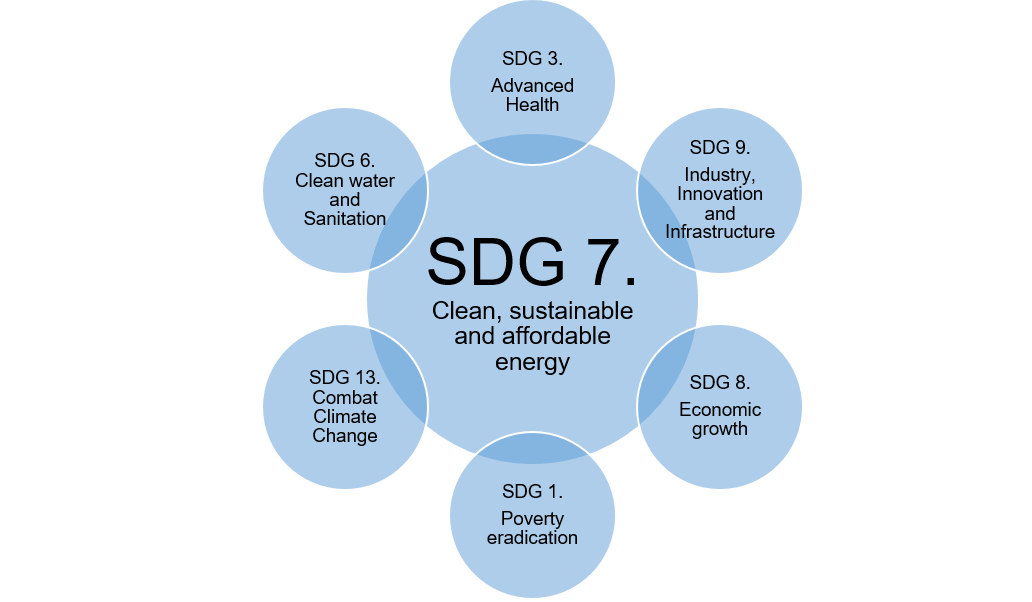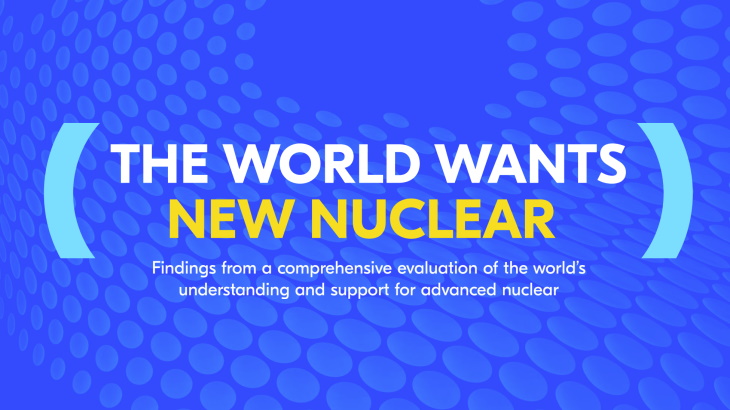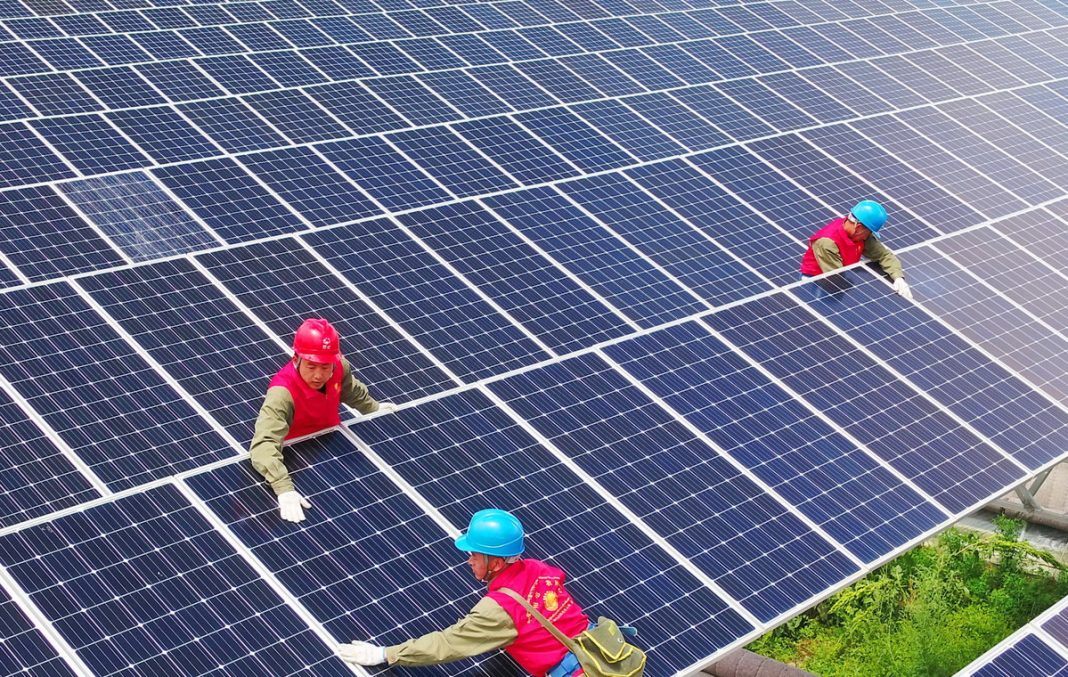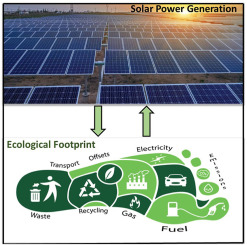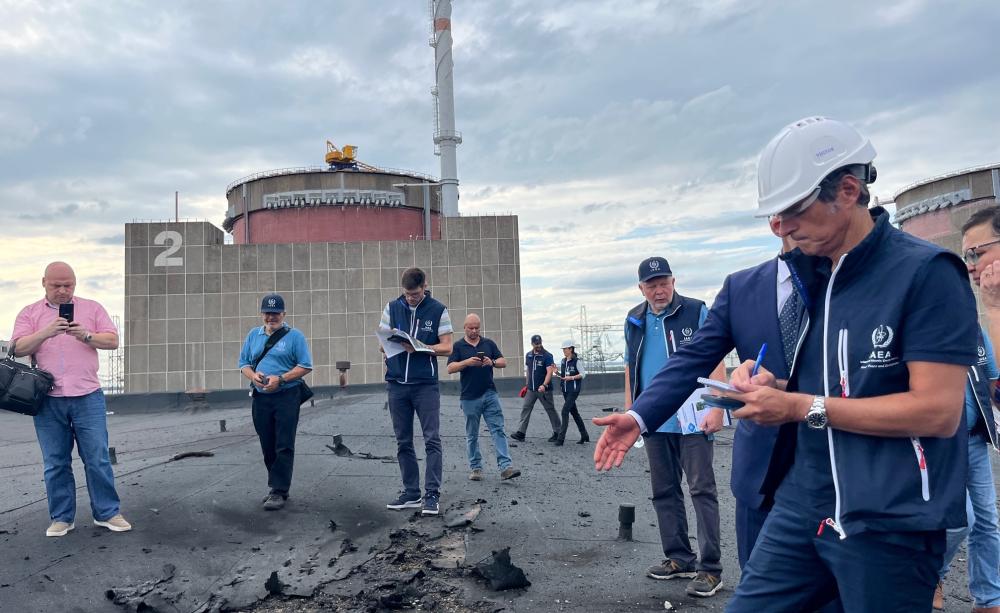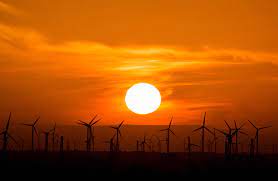The acceleration of clean energy transitions, and how quickly energy and climate goals are reached, will depend on how governments respond to today’s challenges, the biggest being the Covid-19 crisis, the World Energy Outlook 2020 report from the International Energy Agency suggests.
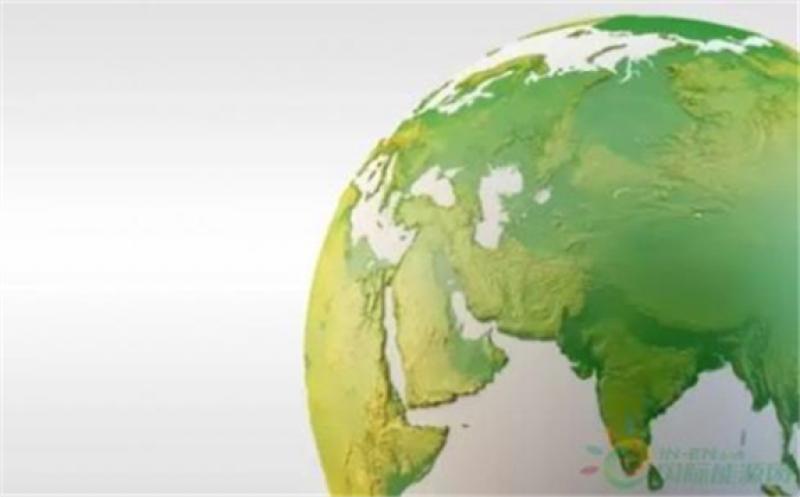
The IEA’s flagship publication focuses on the pivotal period of the next 10 years, and explores four different pathways out of the crisis, with renewables taking a starring role in all scenarios. While solar takes centre stage, the report does recognise that as flexibility needs increase, hydropower will have greater value.
The new report provides the latest IEA analysis of the pandemic’s impact: global energy demand is set to drop by 5% in 2020, energy-related CO2 emissions by 7%, and energy investment by 18%.
The four pathways explored are:
The Stated Policies Scenario (STEPS), in which Covid-19 is gradually brought under control in 2021 and the global economy returns to pre-crisis levels the same year. This scenario reflects all of today’s announced policy intentions and targets, insofar as they are backed up by detailed measures for their realisation.
The Delayed Recovery Scenario (DRS) is designed with the same policy assumptions as in the STEPS, but a prolonged pandemic causes lasting damage to economic prospects. The global economy returns to its pre-crisis size only in 2023, and the pandemic ushers in a decade with the lowest rate of energy demand growth since the 1930s.
In the Sustainable Development Scenario (SDS), a surge in clean energy policies and investment puts the energy system on track to achieve sustainable energy objectives in full, including the Paris Agreement, energy access and air quality goals. The assumptions on public health and the economy are the same as in the STEPS.
The new Net Zero Emissions by 2050 case (NZE2050) extends the SDS analysis. A rising number of countries and companies are targeting net-zero emissions, typically by mid-century. All of these are achieved in the SDS, putting global emissions on track for net zero by 2070. The NZE2050 includes the first detailed IEA modelling of what would be needed in the next ten years to put global CO2 emissions on track for net zero by 2050.
Responding to the report, International Hydropower Association (IHA) Head of Policy Alex Campbell commented: “Under all scenarios in this flagship report, hydropower will continue to have an important role as a major source of low-carbon electricity as well as vital flexibility and storage services.
“As the IEA notes, flexibility is rapidly becoming the cornerstone of electricity security. As conventional gas and coal fired power stations are phased out, hydropower’s system services will become even more important to the clean energy transition.
Mr Campbell added: “It is vital that appropriate policy and regulatory frameworks are in place to properly value the essential services that sustainable hydropower provides in respect of energy storage, grid stability and other critical areas.
“IHA urges governments and regulators across the world to start planning now for the flexible grids of the future that will support the integration of variable renewables with reliable and flexible solutions like hydropower.”
By 2030, the hydropower sector is expected to generate more electricity than coal under the IEA’s Sustainable Development Scenario, involving a surge in clean energy policies and investment. By 2040, nearly 850GW of additional hydropower capacity will have been commissioned, mostly in the Asia Pacific region.
Even under the less optimistic Stated Policies Scenario, hydropower is still expected to see modest growth and will remain the largest low emissions source of electricity globally through to 2030.
Changes in the shape and variability of electricity demand and the strong growth of solar PV and wind power are increasing flexibility needs in power systems, the report says: “As flexibility needs increase, hydropower will have greater value to systems for its ability to provide a wide set of system services across a wide range of time scales from improving power quality on a moment-to-moment basis to balancing seasonal variability.”
Over the next decade, the IEA says investment in low emissions power technologies could average more than $650 billion every year, over 90% of which could go to renewable energy technologies.
